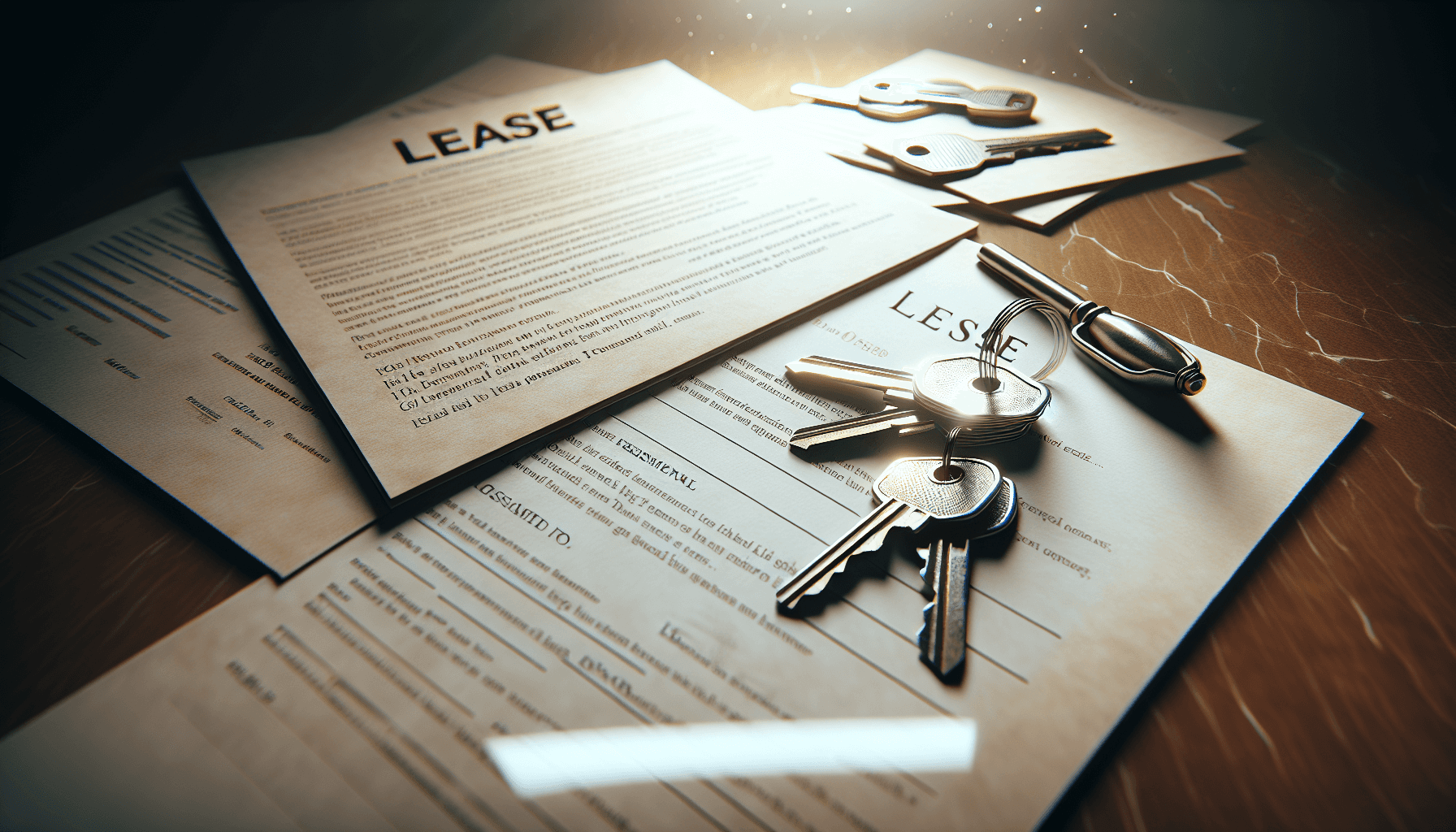What is a Percentage Lease in Commercial Real Estate Rentals?
I've noticed a fascinating shift in commercial real estate over the years. Shopping centers, retail spaces, and restaurants now often use creative lease structures that benefit both property owners and business tenants. One of these innovative approaches is the percentage lease - a rental agreement that's reshaping how retail spaces operate.
Percentage Lease: A percentage lease is a commercial rental agreement where the tenant pays a base rent plus a percentage of their gross sales or revenue generated from the property. This type of lease is commonly used in retail and restaurant locations, typically including a minimum guaranteed rent amount plus an additional percentage of the business's sales above a certain threshold.
Understanding Percentage Leases
Let me break down how percentage leases work. These agreements have four main parts that make them tick:
Base Rent: This is your minimum monthly payment, similar to a traditional lease
Percentage Rent: An extra amount calculated from your gross sales
Sales Threshold: Often called the breakpoint - this is where percentage payments kick in
Reporting Requirements: Regular sales reports showing your revenue numbers
Benefits and Challenges
Property owners love percentage leases because they get to share in their tenants' success. If a store does well, the landlord makes more money. Plus, they can keep tabs on how their tenants are performing.
For business owners, these leases can be a smart choice. You'll often pay less in base rent, and during slow periods, your total rent naturally adjusts downward. I think the best part is that your landlord becomes invested in your success - they might even help promote your business!
But let's be real - there are some tricky parts:
Tracking and verifying sales can get complicated
Accounting becomes more complex
Some businesses don't want to share their sales data
Where You'll Find Percentage Leases
These leases pop up most often in:
Shopping malls
Strip centers
Downtown retail districts
Restaurant spaces
Entertainment venues
Negotiating Your Percentage Lease
Setting up a percentage lease takes careful planning. You'll need to figure out:
Base Rent
This should be lower than traditional market rent since you're sharing revenue.
Percentage Rates
These vary based on:
Your industry (retail stores might pay 5-7%, restaurants 3-5%)
Location quality
Your type of business
Gross Sales Definition
Make sure everyone agrees on:
What counts as revenue
What's excluded
How online sales factor in
Legal and Financial Considerations
Don't skip over the fine print! Pay attention to:
Audit rights - who can check your books and when
How often you need to report sales
What happens if you miss payments
Tax implications for both parties
Common Misconceptions
I hear these myths all the time:
"Percentage leases only benefit landlords" - False! They can work great for tenants too.
"Only big retailers use them" - Nope! Small businesses can benefit just as much.
"All sales must be included" - Actually, many items can be excluded through negotiation.
The Future of Percentage Leases
Online shopping is changing how these leases work. Many now include provisions for e-commerce sales, and some use hybrid models that blend traditional and percentage-based structures. New software makes tracking and reporting sales easier than ever.
Making Smart Choices
Consider a percentage lease if:
You're confident in your sales projections
You want lower fixed costs
You're okay sharing financial information
Ready to Make Your Move?
Percentage leases can be complex, but they might be perfect for your business. Bellhaven Real Estate specializes in matching businesses with ideal retail spaces and structuring leases that work for everyone. We know the local market inside and out, and we're ready to help you find your perfect commercial space.

